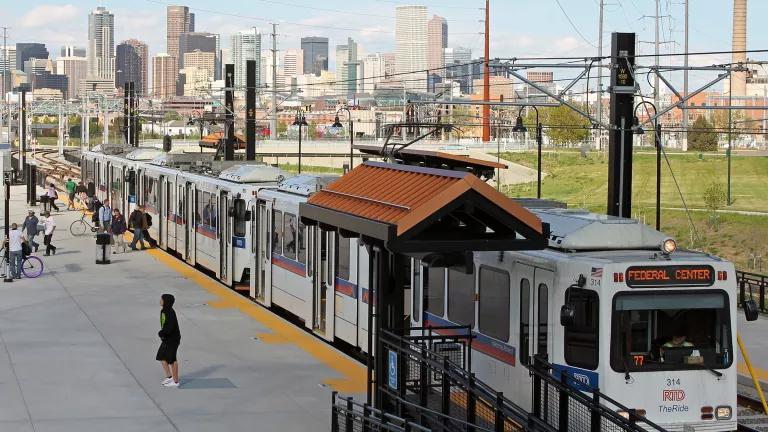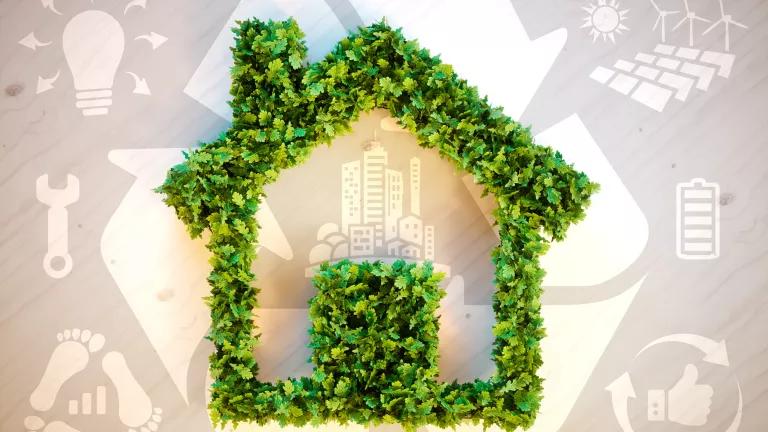Solar Head of State Helps Gov’t Leaders Guide by Example

Solar power is contagious. As social scientists have shown us, having a neighbor who installs solar panels on her roof significantly increases the chances you’ll put some on yours, too.
That’s one of the big ideas behind the international non-profit group Solar Head of State. It intends to spur the rapid deployment of clean energy—solar power in particular—in countries around the world by installing donated solar power systems on the roofs of the official residences of countries’ chief executives. The group’s effort got its official start on Friday, when it held its first ribbon cutting, at the official residence of the Governor-General of St. Lucia, a small island nation of about 175,000 in the eastern Caribbean, flipping the switch on a 5.5 kilowatt solar array.
“Leading by example is powerful,” explains SHOS Executive Director James Ellsmoor, about the impetus for the project. “It lets people see that solar works and then they want to use it themselves.”
In St. Lucia, clean energy should pretty much sell itself. It’s now far cheaper than electricity from the country’s dirty, diesel-powered grid, which costs a significant 38 cents per kilowatt hour. That’s something that limits economic development in the country and is a major expense for families, too. Not only that, St. Lucia, which is responsible for only a tiny fraction of the world’s greenhouse gas emissions, along with other small island nations, are at tremendous risk from global-warming-related sea level rise and intensified tropical storms. That’s why the country was among a group of 15 vulnerable nations that came together in April to become the first countries to ratify the Paris Climate Accords. What they lacked in contributions to the global climate problem, they more than made up for in moral suasion. Thankfully, as my colleague Jake Schmidt reported last week, the accords, which require ratification by at least 55 nations responsible for at least 55 percent of the world’s greenhouse gas pollution, will likely come into effect by the end of this year—far ahead of the timetable for most international agreements. That’s because, to date, at least 60 countries that account for almost 48 percent of the world’s emissions have formally joined the agreement and many more are quickly moving to take that final step.
What works on the global scale can have particular relevance at home. “There’s something really powerful about heads of state going to Paris and making grand statements and then coming home and making a statement on the local scale, too,” Ellsmoor says about St. Lucia’s array and several other projects the group has in the works.
Already, the Caribbean nation has pledged to get a full 35 percent of its electricity from renewable sources by 2020, making it a global leader in aspiration, if not total emissions reductions. (Neighboring Aruba has an even more ambitious and inspiring plan: to achieve 100 percent of its electricity from sources like solar, wind, and geothermal power by 2020). ) To help St. Lucia meet its target fast, the country already has a large solar project in development; it should meet as much as 8 percent of St. Lucia’s electric demand. What residents need now to move even faster toward their goal is good financing and a neighbor, like the Governor-General, who can report on how well her system works.
Ellsmoor and his organization are hoping that what social scientists call “peer influence” extends beyond the local community of small island nations where the group is working now. “These islands can send a really powerful message to large countries about the transition to clean energy,” he says. “We’ve been working with island states because they’re the most receptive and can make a powerful statement,” Ellsmoor says. “But there no way we’re limiting ourselves just to island states.”
You might remember that President Obama had solar panels re-installed on the White House roof in 2014. (President Jimmy Carter first had them installed in 1979, after that decade’s energy crisis. President Ronald Reagan, in 1981, in one of his first official acts, ordered the panels removed.) Symbols matter. By committing to put solar power on the White House, President Obama signaled his commitment to rapidly scaling up solar power throughout the U.S. And, indeed, solar power has skyrocketed in the U.S. during the last eight years.
As Ellsmoor says, “The symbolic value of a head of state putting solar on their roof is huge.”



